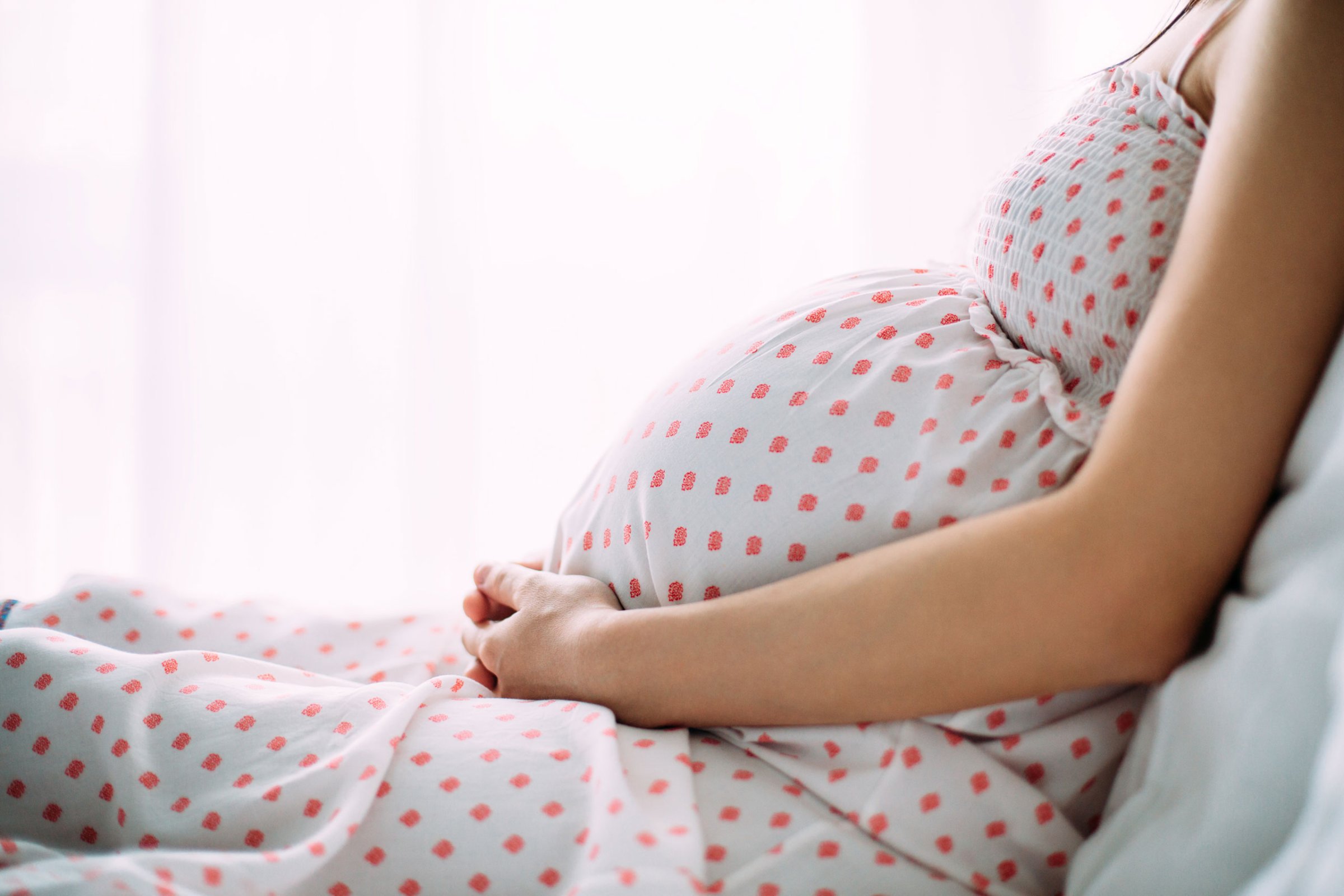
Nearly twice as many babies were born via caesarean sections (C-sections) in 2015 as in 2000, a new report says.
Almost 30 million C-sections were performed globally in 2015, accounting for 21% of all live births, according to World Health Organization and UNICEF data published Thursday in the Lancet. In 2000, 16 million babies were delivered by C-section, accounting for 12% of live births.
The uptick in C-sections — and the persistent disparities in where they’re performed — points to two connected trends, the authors write.
On one hand, the growth signifies that more women are giving birth under medical supervision in health centers, and that access to C-sections is increasing in historically underserved areas.
Africa, for example, still lags far behind other continents in C-section use, but experienced measurable increases during the study period. In West and Central Africa, the percentage of babies delivered by C-section rose from 3% to 4.1% between 2000 and 2015; in Eastern and Southern Africa, it jumped from 4.6% to 6.2%. Since C-sections can be life-saving for women who experience childbirth complications such as excessive bleeding, fetal distress and blood pressure issues — and their babies — increased access can make a big difference for maternal and child health.
At the same time, however, research shows that C-sections are only medically necessary in about 10 to 15% of births, so the fact that they were used in a fifth of all deliveries in 2015 suggests overuse in some parts of the world. In 2015, 44.3% of live births in Latin America and the Caribbean were completed by C-section, up from 32.3% in 2000, followed by 32% in North America, up from 24.3%.
This trend seems to be driven, at least in part, by higher-income women and those in urban areas, who may elect for C-sections because they fear labor pain, sexual dysfunction or incontinence related to vaginal birth, the authors write. Many women also think that C-sections are universally safer than traditional deliveries, the paper says. While research and opinions conflict in this area, that may not always be the case, the authors say.
Compared to vaginal births, C-sections can actually come with a higher chance of complications, a more difficult recovery process and more risks during subsequent pregnancies, according to the report. Some research also suggests that babies born via C-section may not be exposed to the same maternal hormones and bacteria as babies born vaginally, which can affect their health and development over time.
There’s a balance to be struck in terms of promoting C-sections in certain areas and curtailing their use in others, the report concludes. “More research is needed to understand the high frequency of C-section use and its determinants in some countries, and the very low use of C-section in other countries, to provide a more solid basis for interventions towards an optimal frequency of C-section use for mothers and children,” the authors write.
More Must-Reads from TIME
- Cybersecurity Experts Are Sounding the Alarm on DOGE
- Meet the 2025 Women of the Year
- The Harsh Truth About Disability Inclusion
- Why Do More Young Adults Have Cancer?
- Colman Domingo Leads With Radical Love
- How to Get Better at Doing Things Alone
- Michelle Zauner Stares Down the Darkness
Write to Jamie Ducharme at jamie.ducharme@time.com